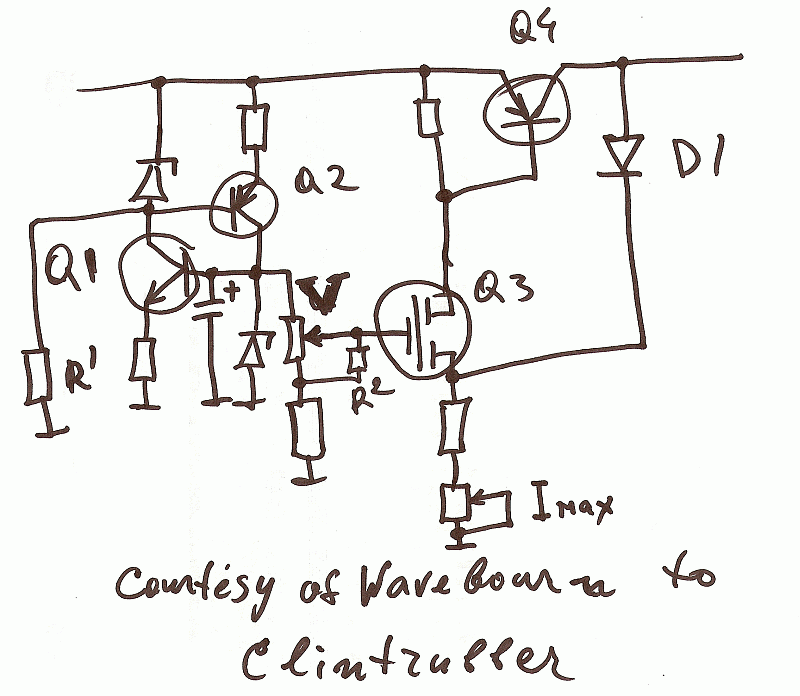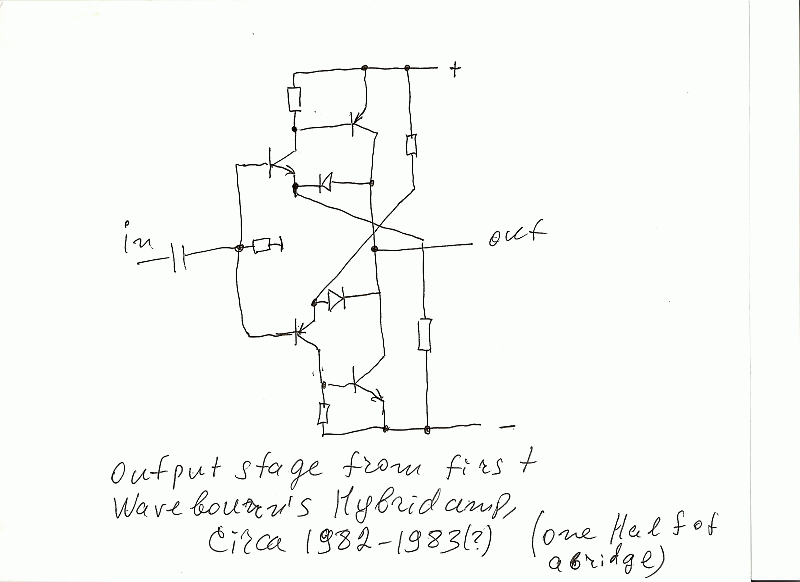clintrubber
Well-known member
Came across a few circuits that might come in handy.
FWIW, here we have an adaptive biasing class A circuit and
an accompanying supply filter (using the output impedance
of a current mirror to extremify the ripple-reduction).
Thanks Mr. Macaulay & EW+WW :thumb:
BTW, would RN have considered adaptive class A before he went
away from BA283 to tackle the heat buildup ?
small version:

download (383kb):
http://www.twin-x.com/groupdiy/albums/userpics/clA.jpg
Enjoy,
Peter
FWIW, here we have an adaptive biasing class A circuit and
an accompanying supply filter (using the output impedance
of a current mirror to extremify the ripple-reduction).
Thanks Mr. Macaulay & EW+WW :thumb:
BTW, would RN have considered adaptive class A before he went
away from BA283 to tackle the heat buildup ?
small version:

download (383kb):
http://www.twin-x.com/groupdiy/albums/userpics/clA.jpg
Enjoy,
Peter




![Soldering Iron Kit, 120W LED Digital Advanced Solder Iron Soldering Gun kit, 110V Welding Tools, Smart Temperature Control [356℉-932℉], Extra 5pcs Tips, Auto Sleep, Temp Calibration, Orange](https://m.media-amazon.com/images/I/51sFKu9SdeL._SL500_.jpg)






























